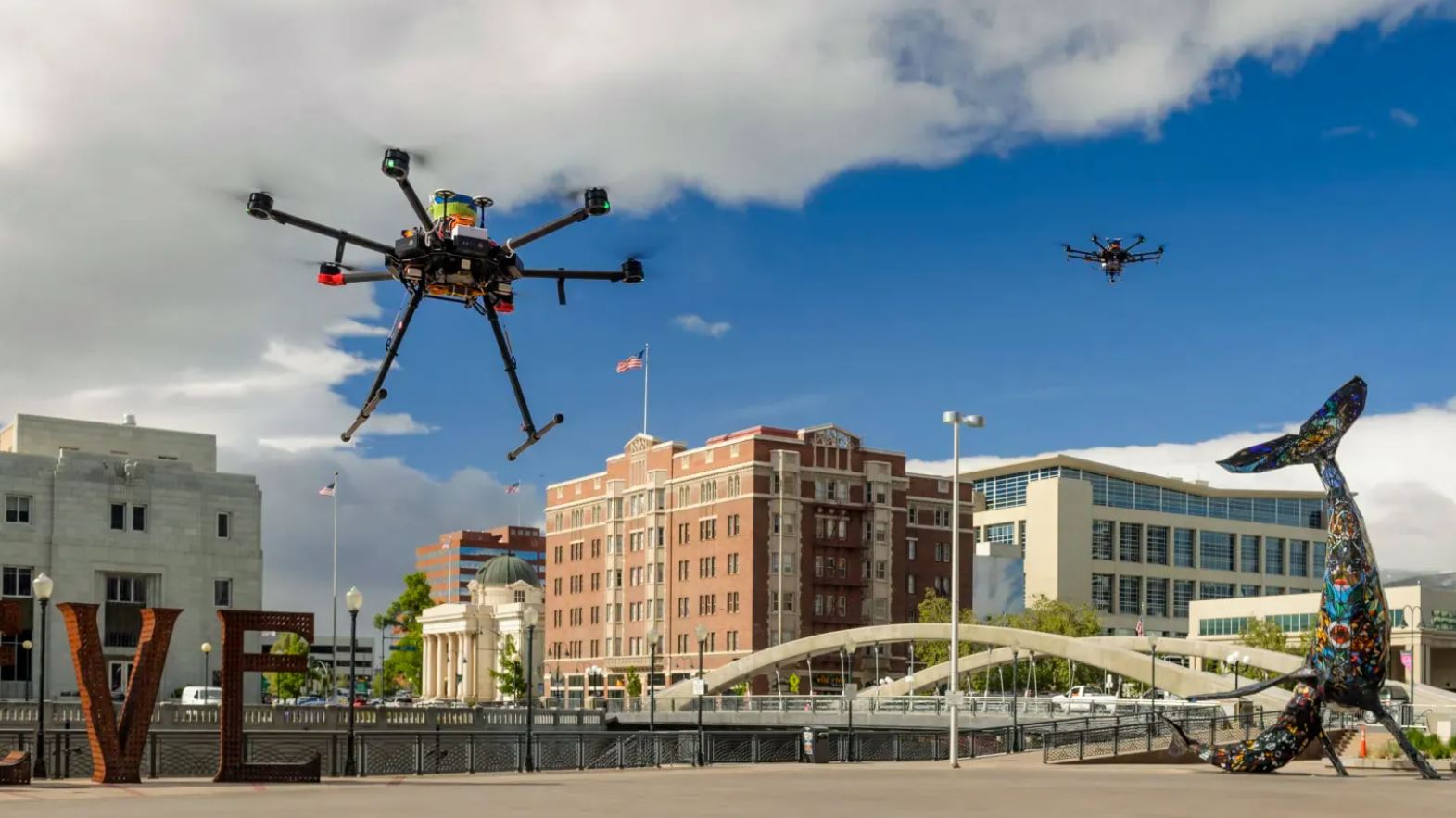 Imagine a sky filled with drones, each on its own mission, from delivering packages to surveying landscapes. This vision isn’t just a distant dream. Thanks to NASA, it’s becoming a reality. Back in 2013, Jeff Bezos, then at the helm of Amazon, painted a picture of drones dropping packages at your doorstep within 30 minutes. It was an exciting idea, but it also highlighted a pressing need: how do we manage all these drones safely?
Imagine a sky filled with drones, each on its own mission, from delivering packages to surveying landscapes. This vision isn’t just a distant dream. Thanks to NASA, it’s becoming a reality. Back in 2013, Jeff Bezos, then at the helm of Amazon, painted a picture of drones dropping packages at your doorstep within 30 minutes. It was an exciting idea, but it also highlighted a pressing need: how do we manage all these drones safely?
Enter NASA’s innovative solution, the unmanned-aircraft-system traffic management (UTM) system. Crafted by Parimal Kopardekar from the NASA Aeronautics Research Institute, this system is like a digital air traffic controller for drones. Instead of relying on traditional air traffic control, drone operators can now share their flight paths through a cloud-based network. It’s a clever way to keep the skies organized and safe.
Now, you might be wondering if this system is really necessary. After all, only about 8,500 drones are buzzing around U.S. airspace daily, mostly for fun. But as we look ahead, the potential for commercial drone use is enormous. The main hurdle? Concerns over midair collisions. Right now, FAA rules keep drones within the operator’s line of sight, which limits what they can do. But with UTM, drones can fly autonomously, avoiding obstacles and other drones using smart algorithms that consider everything from weather to nearby flight paths.
Nasa and the FAA have put this system through its paces, and it’s proven to be safe. This success has paved the way for its use in places like Dallas, where multiple drones can now operate simultaneously. Companies that don’t have their own UTM systems can license this technology from FAA-approved providers, which is a big win for collaboration and safety.
What’s really exciting is the potential for even broader drone operations. The FAA’s upcoming Part 108 rule might allow drones to fly beyond the operator’s line of sight, as long as they use UTM. This change could open up new opportunities for businesses and push the drone industry forward.
In Dallas, companies like Zipline, Wing, Flytrex, and DroneUp are already sharing their flight zones. This cooperation ensures that the skies stay clear and safe for everyone. As we move towards a future where drones are a common sight, this kind of collaboration will be key.
NASA’s work on the UTM system is a fantastic example of how technology can solve practical problems and open up new possibilities. It’s an exciting time for the drone industry, and with these advances, the sky’s truly the limit.








